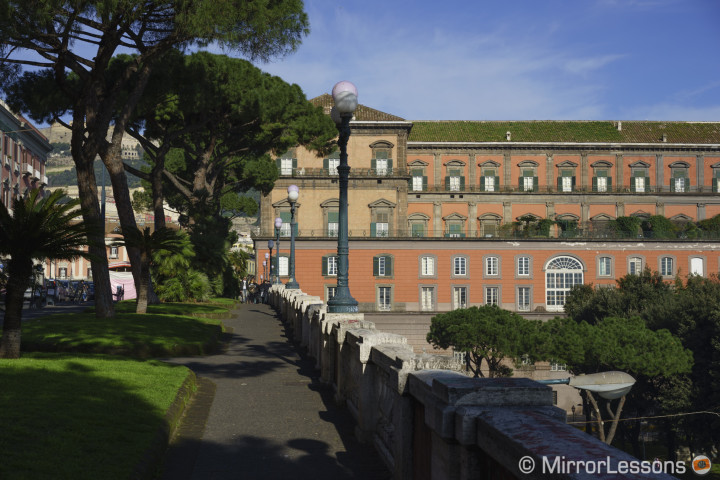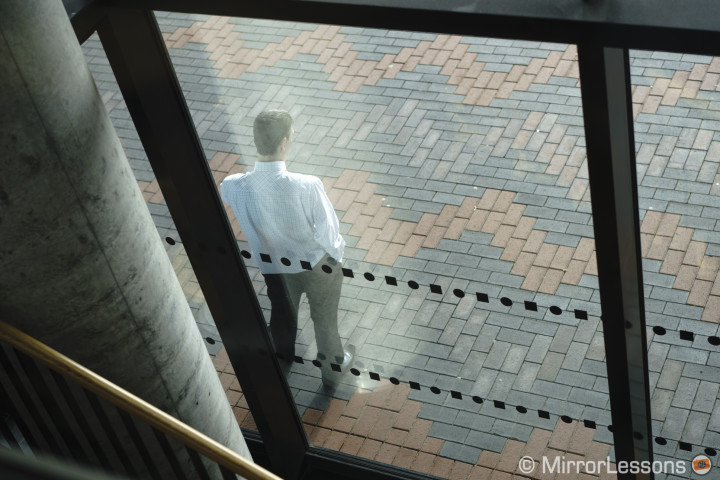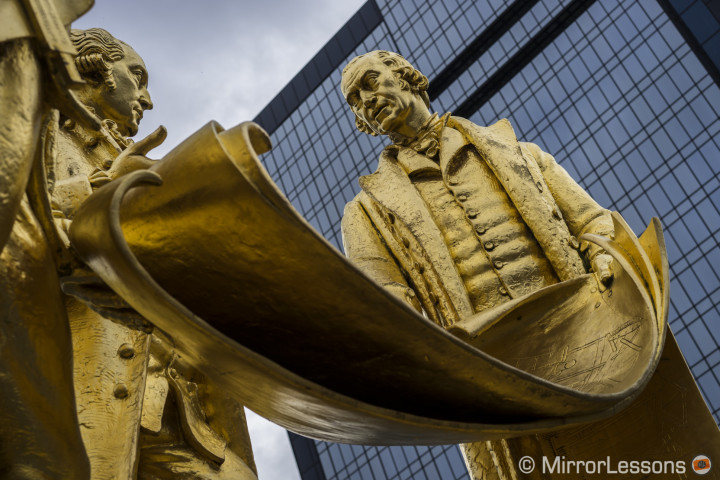I’m taking my time with the Sony A7. I got it for Christmas and I’ve been shooting with it a lot ever since. Normally our complete review would already be online, but since it was a personal purchase, I decided it would be wise to hold off and gain as much experience with it as possible.
I’ve shot a wide variety of pictures and I also made a professional video with the camera, but since some of the final content isn’t ready, perhaps a short “work-in-progress” review is welcome.
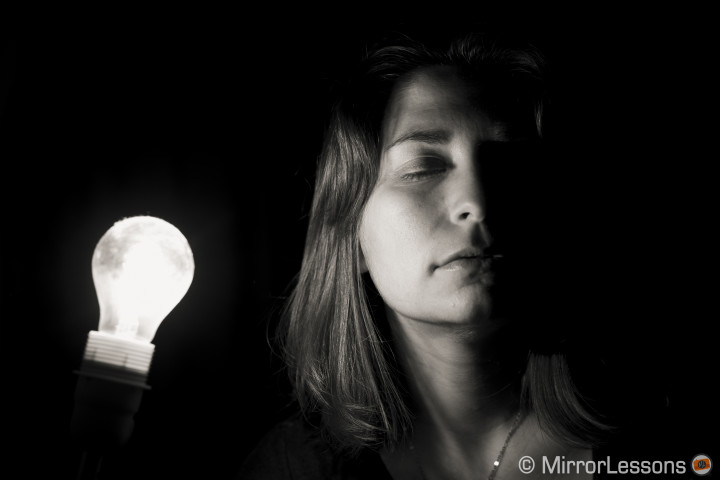
Why the A7 and not the A7r
I chose the A7 simply because I do not need that kind of extreme sharpness or those extra megapixels. The present technology tends to make users obsessed with the ultimate sharpness and details, but the risk in doing so is that we end up more concerned with how the picture looks at 100% on our screen than with the picture itself. And don’t get me wrong, I do not find pixel-peeping a bad thing. I often do it for my reviews because it is a helpful tool to explain some specifics concepts. However, too much pixel-peeping can result in you wasting time on something that really has no bearing on the final impact of your image.
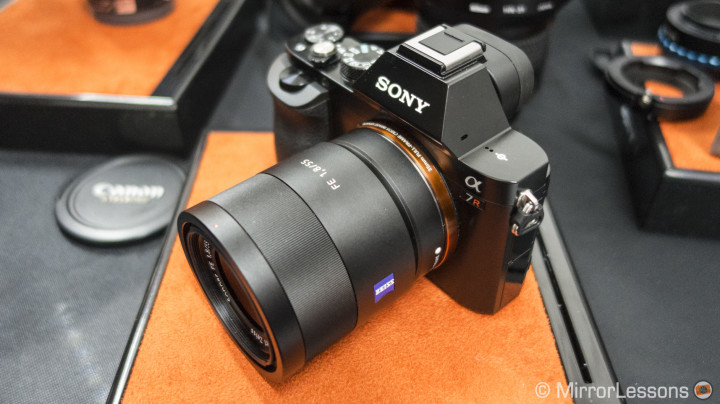
No AA filter and 36mp are meant for very specific needs in my opinion. I have nothing against either and can understand photographers who require that level of image quality. Me, I’m fine with 16mp, and I was fine with 12mp last year. In all honesty, the 24mp on the A7 are probably too much for me.
And then, there are the more obvious reasons: the A7 is cheaper and comes with a lens kit, and the AF is faster (phase detection vs. contrast detection only for the A7r).
The real (temporary) vintage camera
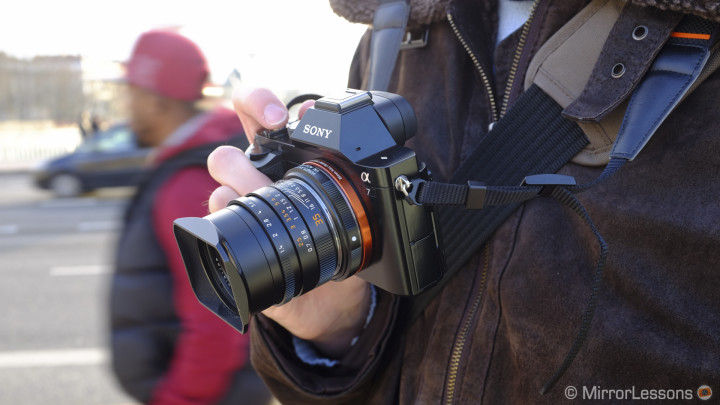
Despite its modern design, the Sony A7 could easily be classified as one of the most vintage cameras of all. The reason is simple: its full frame sensor and the lack of a mirror allow many photographers to use it with all sorts of old manual focus lenses. It was the camera many were waiting for: small and compatible with almost any 35mm lens we can think of.
Since its release, I’ve observed (with a certain degree of amusement) a sort of lens quest, with users frantically trying and buying different pieces of glass and adapters to see what works best. Predictably, some lenses work very well while others produce vignetting, colour shift and other artifacts.
I admit I gave in to temptation and tried some Summilux Leica M, Samyang and Voigtlander lenses. I won’t elaborate further by saying which type or version of each lens works better. Many photographers have already covered that part of the A7/r story anyway, and I haven’t tried them all.
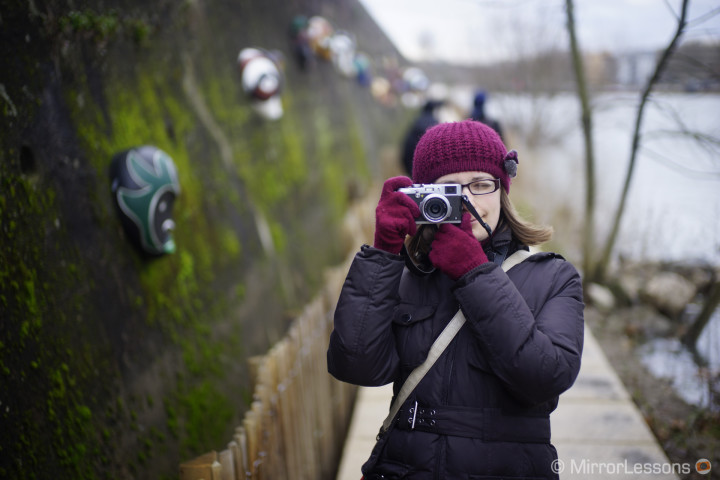
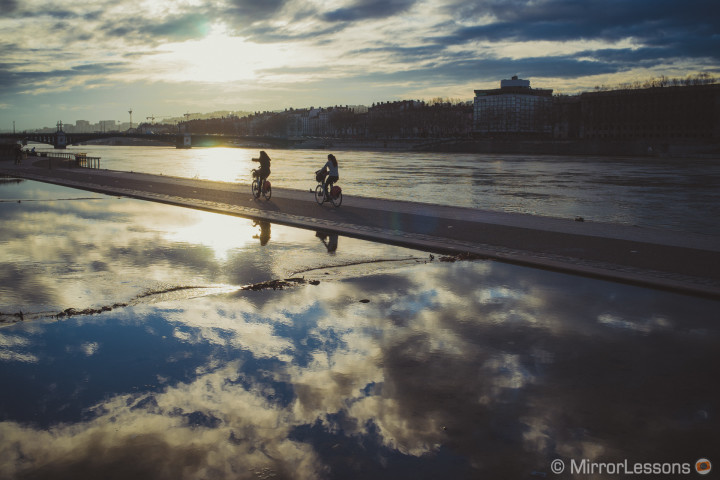
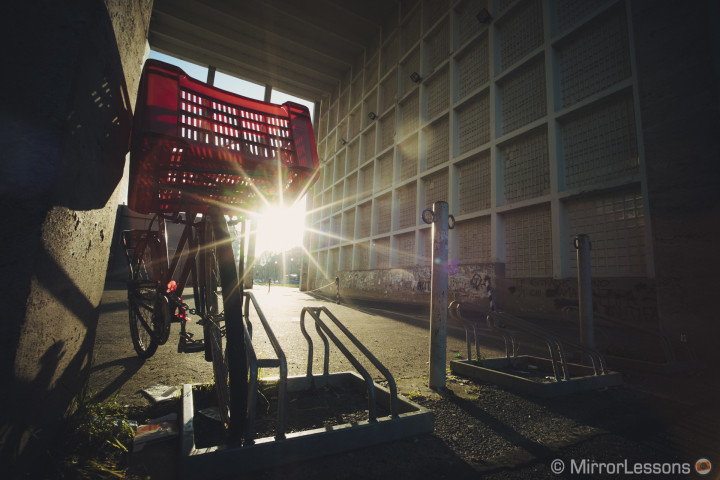
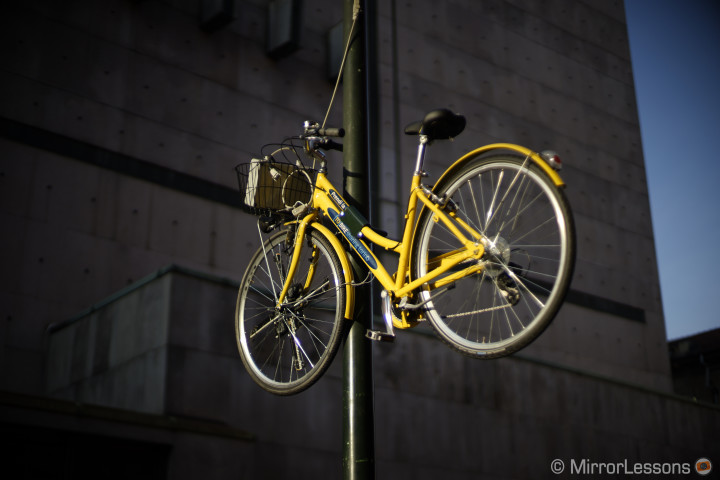
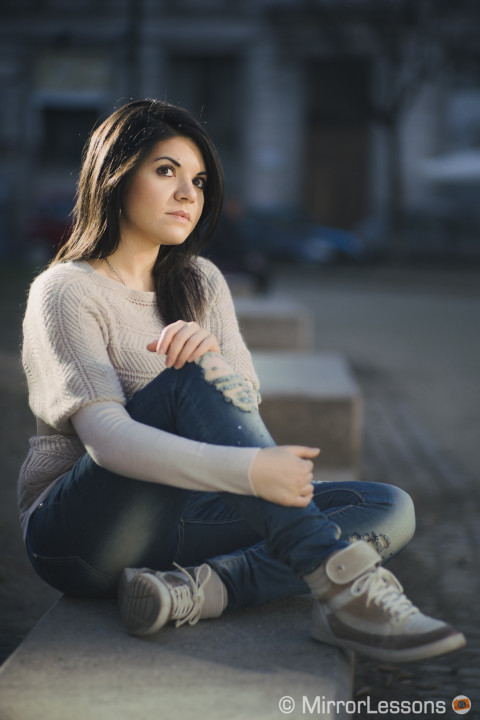
While I found it interesting to try some of these lenses (the quality of the Leica lenses is breathtaking), I can’t help but think that it isn’t the main role this camera can play.
The reasons are very simple for me: not only do native lenses give you autofocus (which is in the end a useful tool) but they have also been designed and optimised for the sensor. I feel there is so much potential.
A few native lenses and… the Zeiss Sonnar T* FE 55mm f/1.8
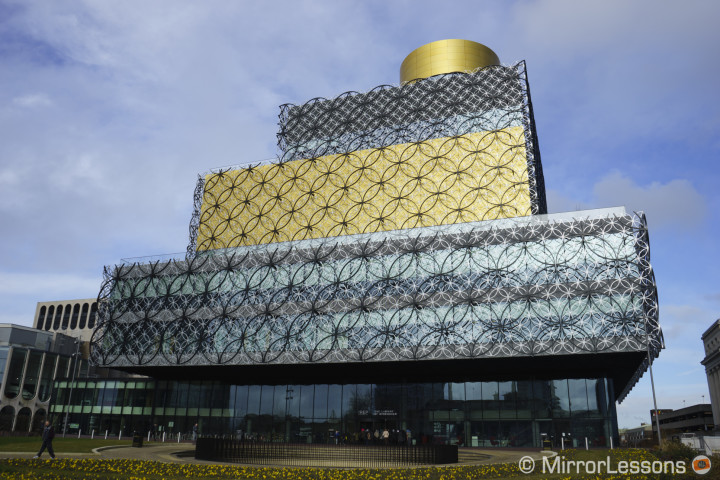
I understand that part of the reason for the lens quest is due to the lack of native lenses available for the system. We have a kit lens (28-70 f/3.5-5.6) that only a few of us really care about. There is a Zeiss 35mm f/2.8 that is very good but many complain about not having a faster aperture (think about the RX1 series). There is the upcoming Zeiss 24-70mm f/4, and here again there are complaints about the slow aperture. The 70-200mm f/4 will probably receive less complaints about the aperture because it will be the only native telephoto available. But the system is new – actually only a few months old – so we cannot really complain about the lack of lenses. It was the same situation for the Fuji X system when the X-Pro1 was released. Maybe the only difference with Fuji is that Sony chose different focal lengths to start with. I wonder why they didn’t start with a wide angle prime instead of the 35mm f/2.8 for example.
Then there is the Sony Zeiss Sonnar T FE 55mm f/1.8 ZA and you forget about everything else.
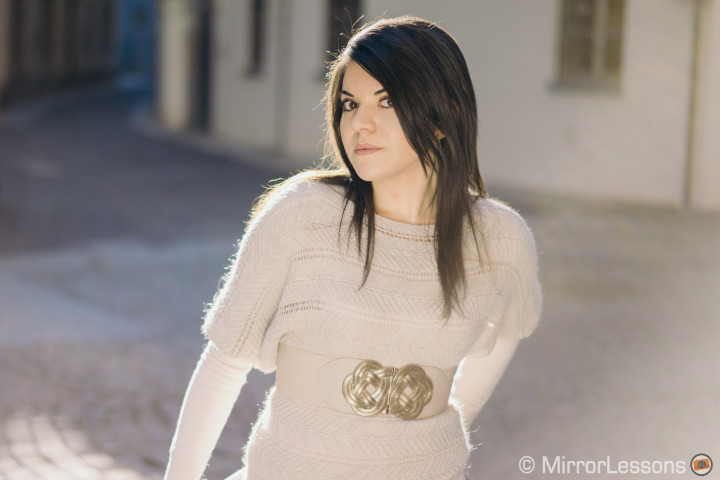
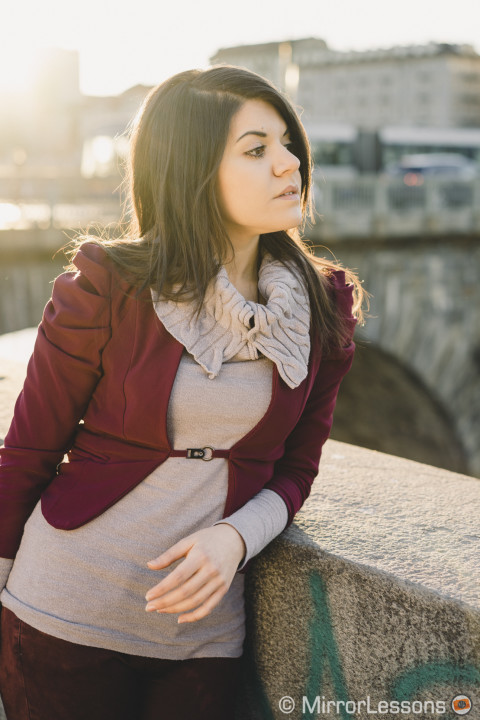
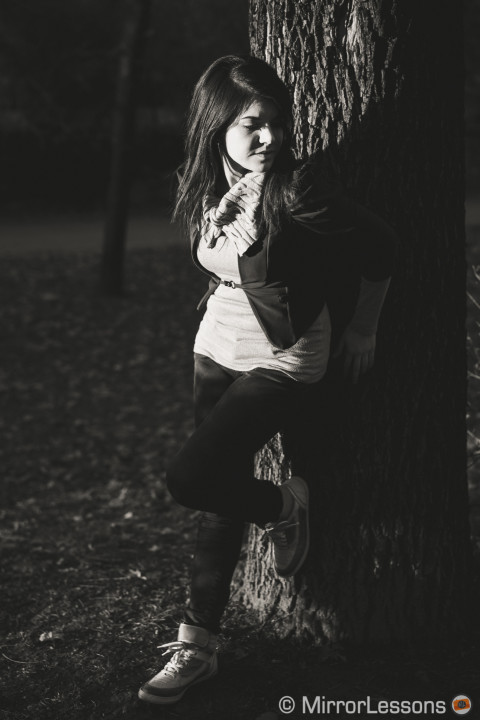
I can’t say that I have tried all the 50/55mm lenses out there, but I can say without a doubt that this Zeiss lens is worth every penny of its expensive price. Super sharp at f/1.8, almost non-existent distortion, no vignetting, no loss of detail in the corners whatsoever. There is some slight chromatic aberration at its fastest aperture but what lens doesn’t have it, really?
The A7 and 55mm is a killer combination that can fullfil the lack of a wider choice of lenses for now.
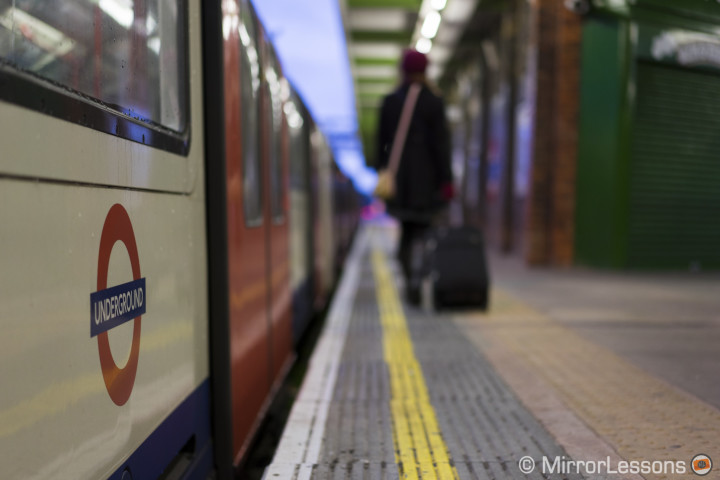
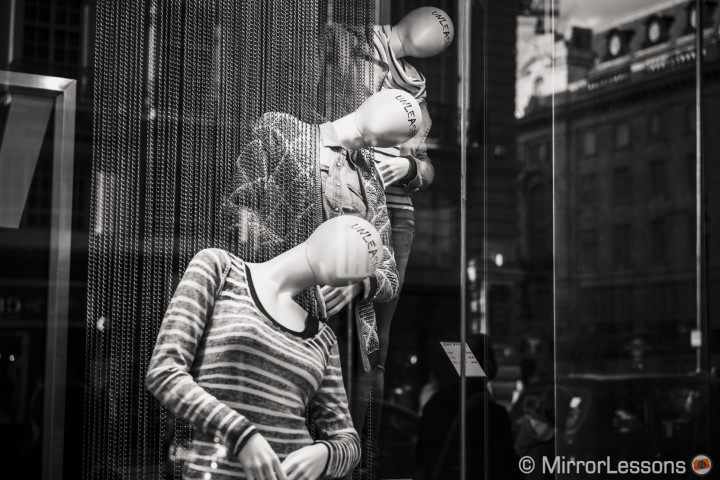
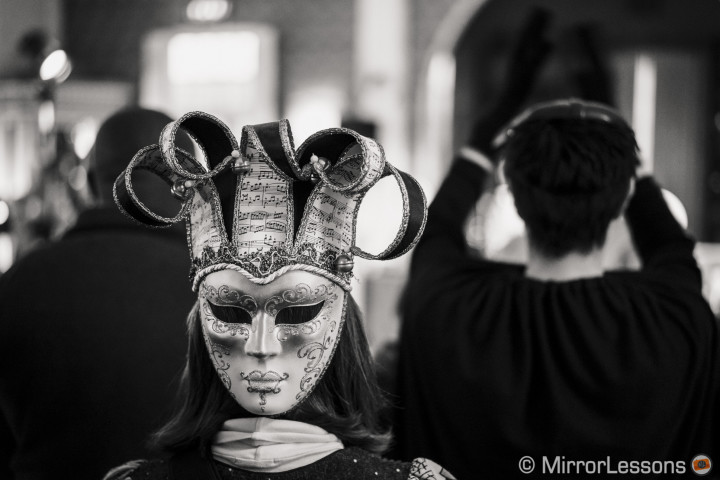
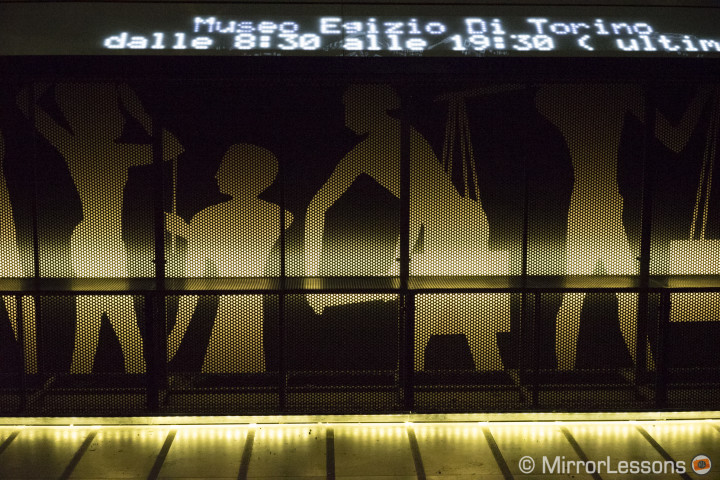
And, by the way, this is the direction in which the system needs to head in my opinion: more Zeiss primes like the 55mm. The lens road map doesn’t reveal a lot for now. I personally don’t care about a f/1.2 or a f/1.4. If the quality is the same as the 55mm f/1.8, any lens in Sony’s upcoming line-up will be more than perfect.
Image quality, autofocus, ergonomics… or what I’m liking so far
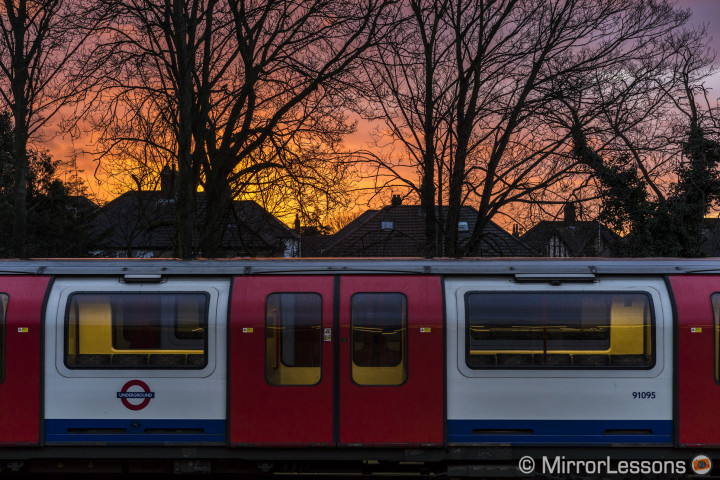
To say that I’m liking the A7 image quality is kind of obvious and boring. I mainly work with the raw files because I like how Lightroom renders them (and I am not a huge fan of the Sony JPG engine). It gives a very good, slightly flat image to work with but the colours are beautiful and accurate. At 100 ISO the quality is quite exceptional and the raw files can be pushed quite a lot with post-processing.
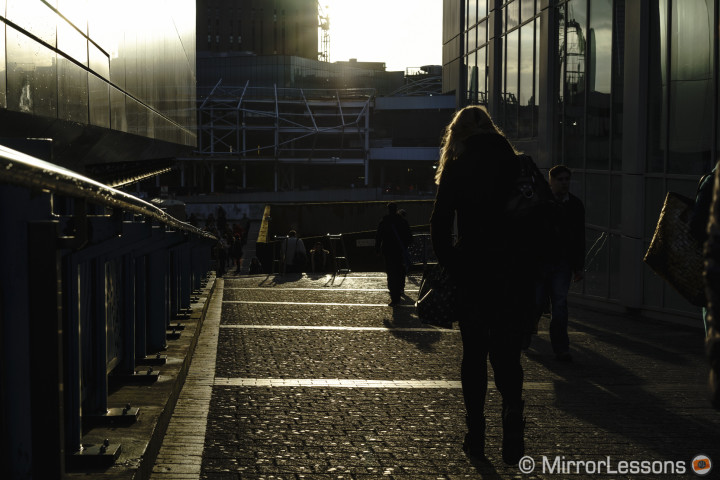
The camera performs well in low light with a fine and I would say “pleasant” noise at high ISO up to 6400 ISO. That being said, the low light performance of this camera didn’t amazed me, despite its large sensor. There have been some comments about the raw being compressed and that Sony might have “hidden” noise reduction even when you deactivate the NR inside the menu. I haven’t performed a specific comparison for now because I believe that even if it is true, the image quality is still good enough for me.
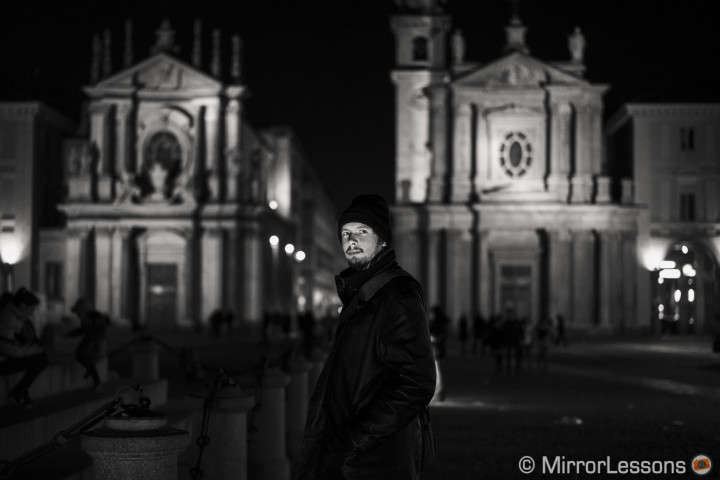
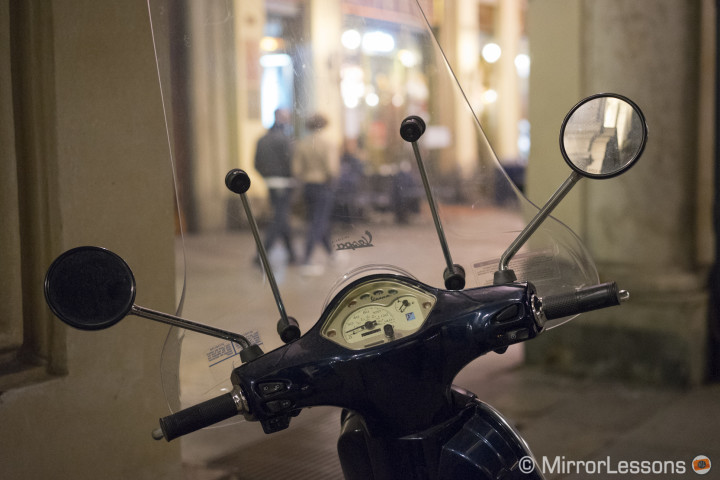
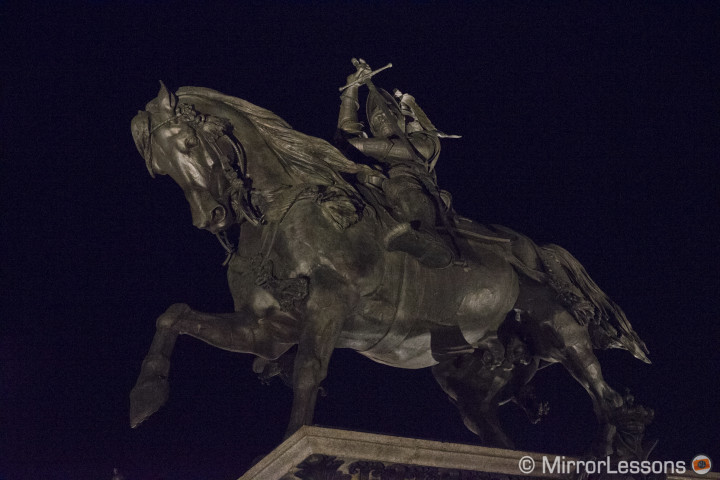
I was more sceptical about the AF when I first tried the camera but after extensive usage I must say that it works well even for tracking. The face detection is also very effective. In low-light situations, the AF can hunt a little, especially in low-contrast scenes, but I haven’t found a single mirrorless camera that doesn’t. Overall the AF isn’t as fast as an Olympus OM-D E-M1 but it is fine for most situations.
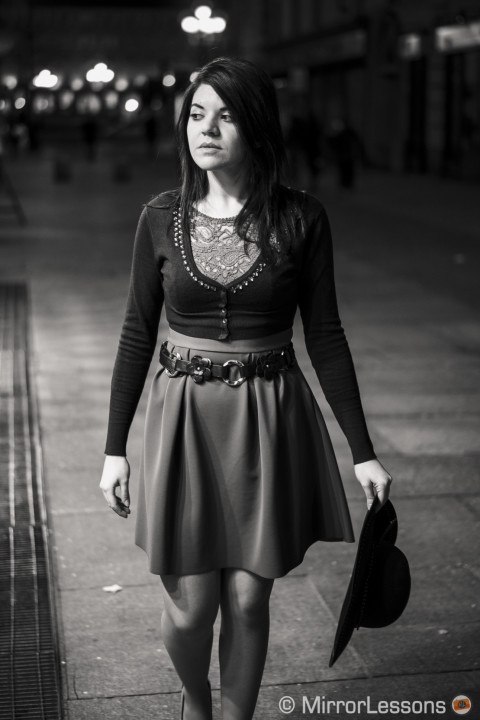
As for the ergonomics, I must say that certain buttons and dial placements aren’t my favourite but it is just a matter of personal taste and getting used to it. The grip is good for my big hands and I love the compact size and weight of the camera.
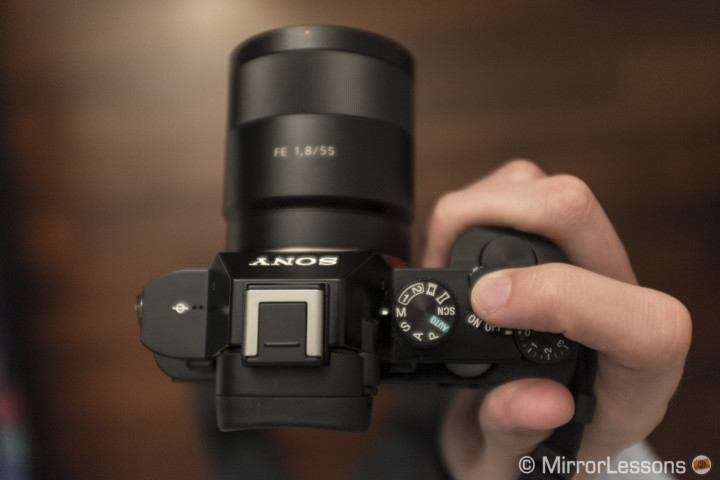
Metering, ghost flares and other things… or what I’m not liking so far.
It isn’t all a bed of roses with the Sony A7. I’ve found its metering system quite upsetting. I often need to compensate by one or two stops down in order to get my image properly exposed, regardless of which metering area I select. If I am in aperture priority, the camera tends to end up stuck at 1/60s or even lower when I am not outdoors in a bright sunshine. Apparently, it is a common thing for most Sony cameras.
When using auto ISO, sometimes the camera will decide to shoot at 5000 ISO and a very fast shutter speed when it could easily do the contrary.
So, for complete control of the camera, manual is the way to go, whereas with other cameras I’m used to shooting in A or S mode and compensating the exposure only when I want to. Also the EVF isn’t perfect in showing the right brightness of the picture, even when I turn on the appropriate option in the menu.
Another defect that I find irritating is ghost flares. Many users have reported the anomaly when shooting night street images, especially with long exposures. I first noticed it when using Voigtlander lenses, so I thought it was related to the use of third party lenses. However I discovered the same result with the native FE 28-70 and the 55mm. Other users have reported the same thing with the FE 35mm.
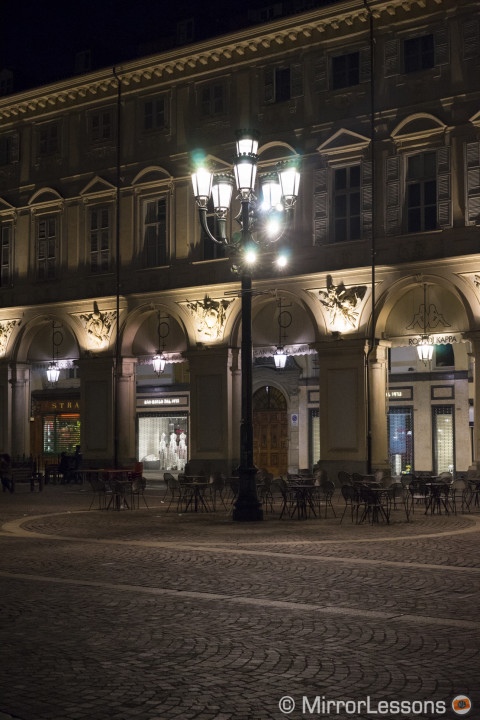
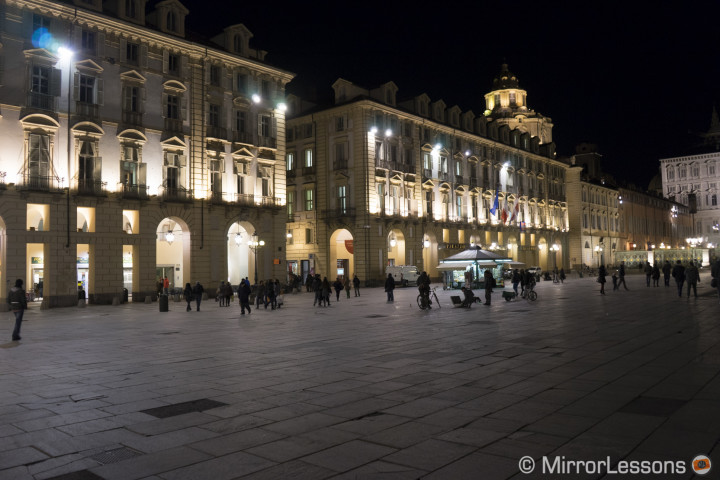
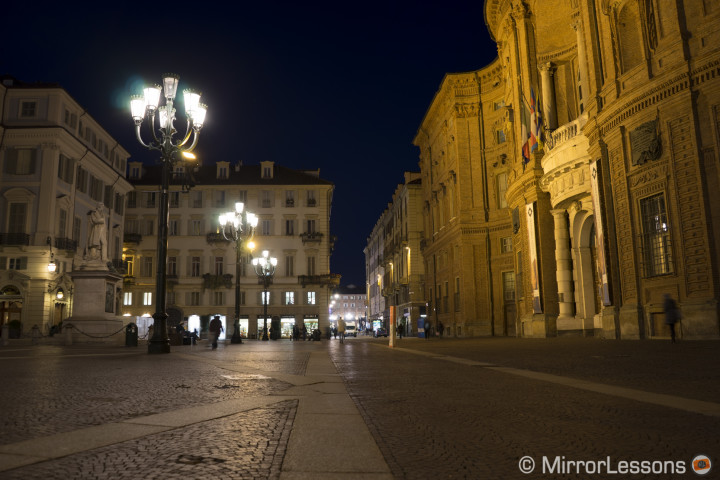
Apparently the Sony A7r doesn’t suffer from the same problem, which leads us to think it is related to the AA filter that the A7 incorporates into the sensor. That being said, I am not an engineer so I prefer not to jump to conclusions. I tried to get some answers from Sony but nothing so far.
I also wanted to point out that ghost flares aren’t something new and I’ve seen it with other cameras and lenses. But with the A7, they seem to be a routine occurrence for this kind of shot. I noticed a few in my video footage as well. They can be irritating if you like to take night street shots. Even with a fast shutter speed and wide apertures, you will still get that blue halo around light sources.
There are other things that I am not really fond of as well. The menu and features operation are sometimes confusing. I feel that some operations could be easier with fewer steps. I’ll give you a very simple example. I set the centre wheel button to Lock-On AF (why not call it Tracking like everyone else?) but if I activate it, I have to choose between Off or On before it displays the area that I want to track. Now if I am activating it, it is because I want to turn it on so that extra step is useless. It isn’t a completely straight-forward camera and I also found it slow. It takes forever to activate when you turn the power on, sometimes what seems like three seconds.
Recently there have been reports about light leak issues but I haven’t properly dig into the matter yet.
The bonus: video quality
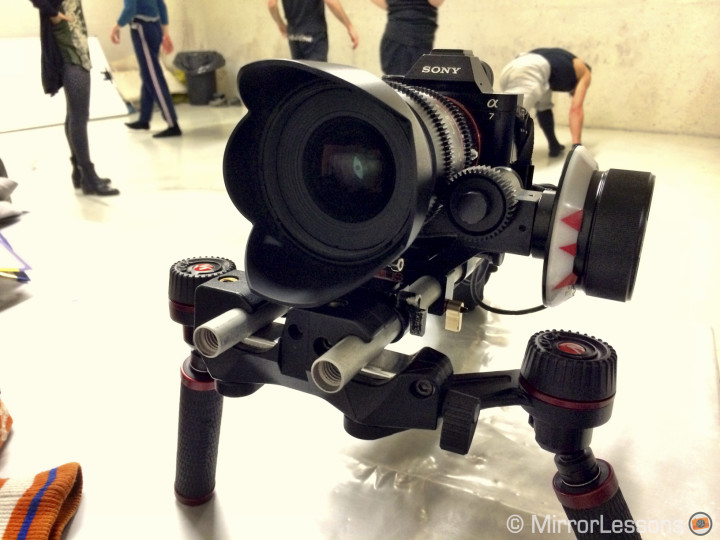
In mid-February, I got the chance to test the camera for a video job I shot in Naples inside an underground tunnel. It is a very capable camera in low-light situations.
I shot the whole performance hand-held with some Samyang Cine lenses. I also had the Atomos Ninja 2 to record Prores 422 footage out of the HDMI port.
An important note if you want to do the same: disable the face recognition option! Even if you set it to off, the grey rectangle will still go through the HDMI, meaning your footage will be useless!
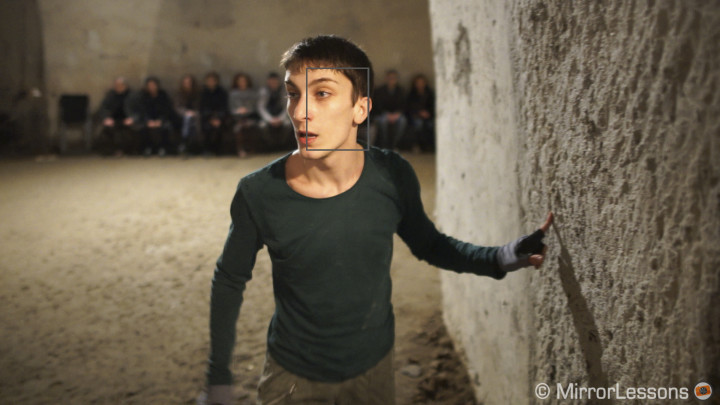
Otherwise the A7 is a very capable camera for video, especially in low light thanks to its full-frame sensor. Images are very clean up to 3200 ISO. I even shot a couple at 12800 and they are usable. Unfortunately I cannot show you some live footage yet as the video is still in the post-production stages.
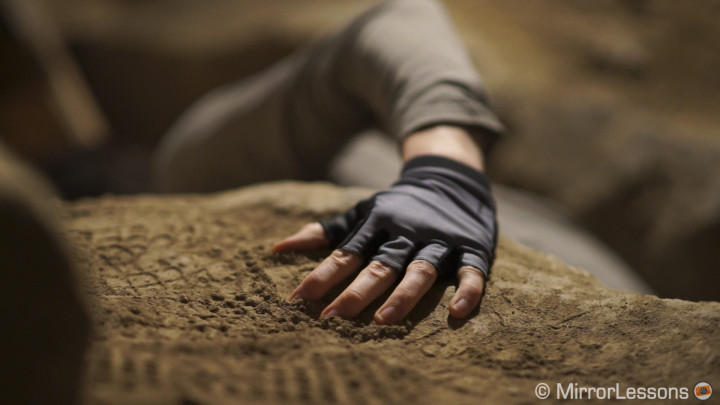
I wouldn’t recommend it for daily video production because the body is very small and therefore it is difficult to rig properly with different accessories. But it can be an interesting backup camera especially for low light situations.
I don’t like the focus peaking. Maybe it’s me, but I don’t find it precise enough, both for video and stills. I tried every colour of the three available, as well as the different levels. High creates outlines that are overly highlighted, and at low they often don’t show. So mid is the best setting, but I often use the magnification feature to check my focus.
A first conclusion about the camera
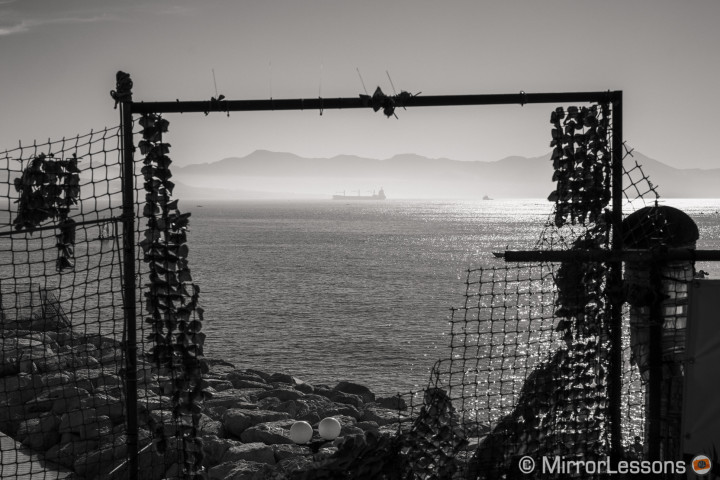
The Sony A7 is far from perfect and I sometimes feel that it was developed in a bit of a hurry. But I could be wrong.
Its full frame sensor is certainly the main reason to buy it. While with other systems such as the Olympus OMD or the Fuji X I will point out other advantages such as ergonomics, portability, compactness or colour rendition, here the main thing to keep in mind is image quality. The Sony A7 and its twin the A7r are definitely the best MILC cameras on the market regarding this aspect.
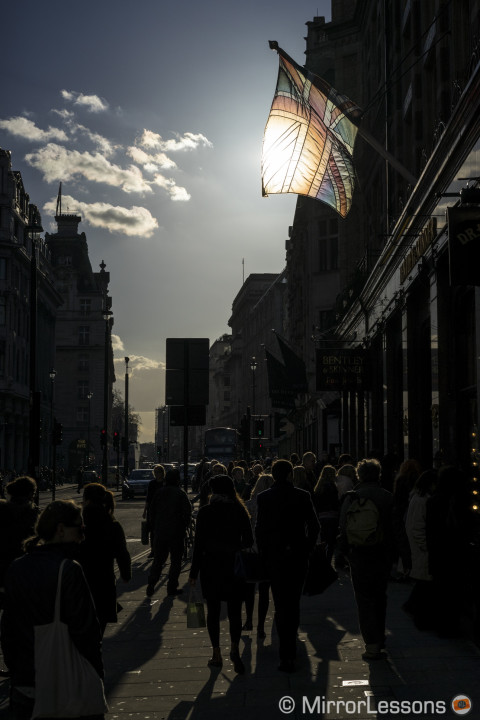
All the rest are characteristics about which opinions can vary depending on the photographer’s style and habits. I am personally getting used to it but it isn’t a camera I would recommend for every kind of photography. The system still needs to mature.
What is more important is something I already wrote at the end of our hands-on review: to really take a step further Sony needs to create a community of photographers who are passionate about its products. It needs to listen to them and improve its cameras based on their opinions. This is something Fujifilm, Panasonic and Olympus are already doing.
And of course, we need more lenses, but this is obvious. The system is young, so give it time.
